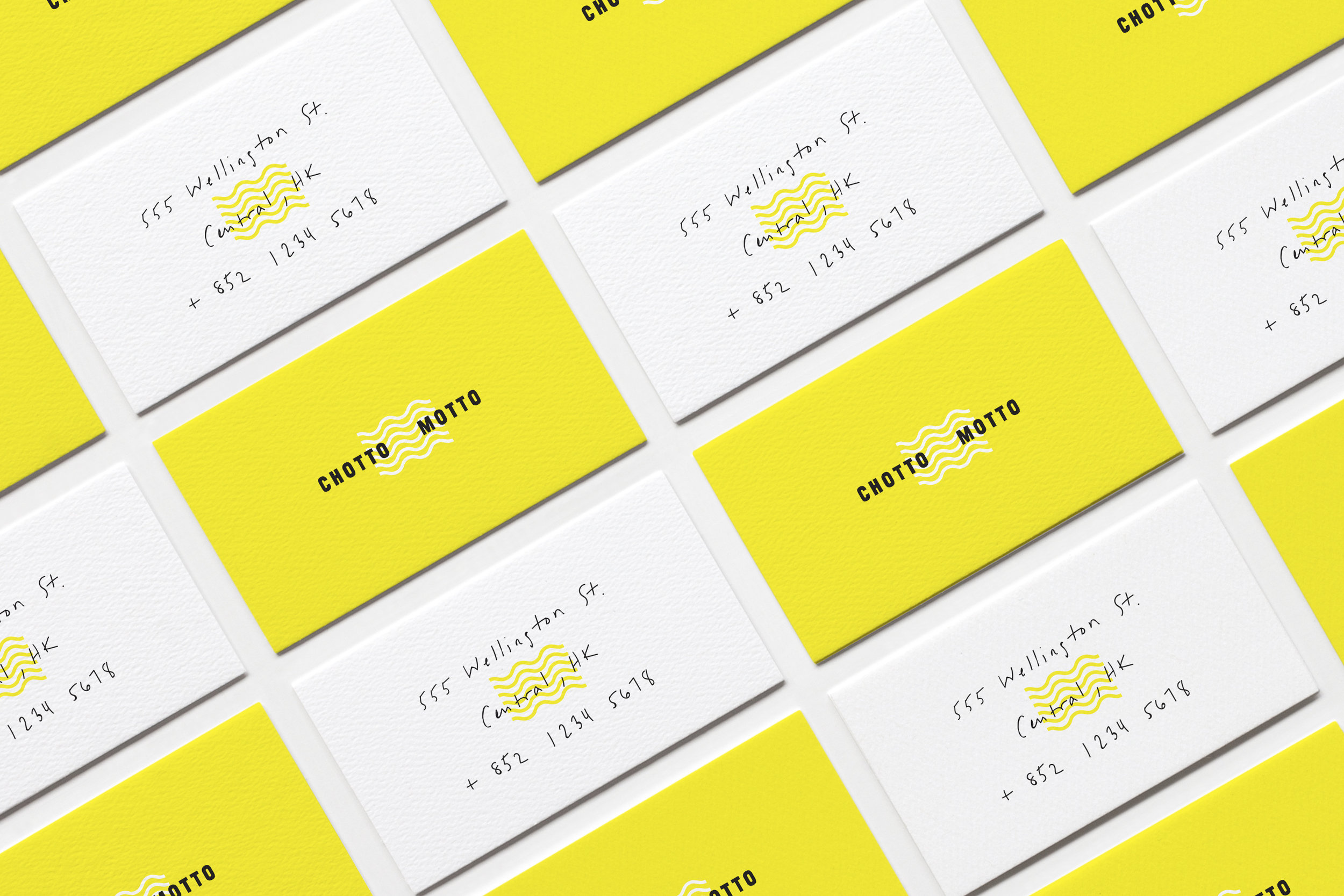
Sukhavati 極樂
My work explores the possible worlds that may exist after death. "Sukhavati" transcends the traditional religious views of heaven and hell, reflecting a deep fascination with humanity's various imaginations of the afterlife, especially in our increasingly AI-dependent era. Through my artistic creations, I envision a peaceful afterworld where humans and artificial intelligence coexist harmoniously.
In this world, death is not an end but a new beginning. My art depicts this theme through several symbolic elements: the human face represents a "life review," symbolizing a reflection on our life's journey, where broken visages mirror our profound introspection of self and life; the extinguished candle symbolizes the end of life, reflecting our views on life's termination while hinting at the possibility of entering a new world.
My artistic creation also reflects the close relationship between humanity and technology, particularly the rapid development of artificial intelligence. In my vision, technology is not the cause of human extinction but coexists peacefully with humanity, accompanying us even after death.
Moss symbolizes resilience and new life, showcasing how technology, like moss, can thrive in any environment, becoming an integral part of our life's journey.
In my work, the butterfly serves as a core symbol. It represents the philosophical idea from "Zhuangzi Dreams of a Butterfly," also symbolizing transformation and rebirth. In the story, Zhuangzi dreamed he became a butterfly, and upon waking, he could not tell if he was Zhuangzi who dreamt of being a butterfly or a butterfly dreaming of being Zhuangzi. This story raises profound questions about reality versus dreams, life and death, and identity and change.
In the envisioned world of Elysium, the butterfly acts as a bridge between life and death, the real and the transcendent worlds. It not only symbolizes the soul's rebirth and transformation but also represents a deep understanding and acceptance of death. The butterfly's lightness and beauty evoke notions of transcendence and freedom, suggesting that the afterworld is not an end but a different form of existence. Ultimately, this butterfly symbol prompts us to reevaluate our life's journey, including how we connect with the natural world, technology, and supernatural forces.
"Sukhavati" is a space for deep contemplation and perception, offering us the opportunity to reassess our lives and our relationship with technology. It challenges our traditional notions of death and proposes a possible future of peaceful coexistence. Through my work, I invite audiences to explore this unknown world and contemplate our future as individuals and as part of the human collective.





